Snow brings a strange silence. No more so than in the vastness of Auschwitz-Birkenau, where on Jan. 27 we all began several months of remembering the unfolding of the liberation of the Nazi camps 70 years ago. That day, I walked alongside Los Angeles resident Dario Gabbai in the soft glow of candles and the shuffle of feet in freshly fallen snow. It was night, and the floodlights shined on us as we filed along “The Ramp,” the platform — the final destination — where Jews had arrived from across Europe.
This week, the liberation of Buchenwald and Bergen-Belsen were also commemorated. Buchenwald was seared into the American collective conscience the day Gen. George Patton’s 6th Armored Division came across its monstrous truth on April 11, 1945. A few days later, on April 15, the British confronted the horrific reality of the Holocaust when they discovered thousands of corpses strewn across the typhus-ridden complex. Virtually every day that month and into the next, Jews were being liberated from the sprawling Nazi system to realize the true extent of their losses, almost the moment the gates were opened.
No sooner were survivors free than they had an urgent need to commemorate their unfathomable loss. The first memorial services were held a year after the liberation, when survivors gathered in remote cemeteries and lonely forests to pray and mount a memorial on behalf of their murdered community. Remembrance was urgent and painful. But it was not until 1953 that David Ben- Gurion enshrined Yom HaShoah in Israeli law to mark the 10th anniversary of the Warsaw Ghetto uprising, a day of remembrance in the Hebrew calendar that also marks the power of resilience.
I have been to Auschwitz-Birkenau many times, and it is never the same place twice. Remembrance is a combination of where you are, when you are there and whom you are with. I have been with family members, and as a graduate student. I have been with survivors, and have taken students and teachers. I traveled to Poland with film crews. Twenty years ago, I attended the 50th anniversary as a member of the media. Each time, I confronted something different about the place, I learned new things about Auschwitz, about how we confront its past and who we are in its long and dark shadow.
For all the times I have been there, I had never been to Birkenau at night, or in the snow, and not with Dario, who at 92 is one of the last living members of the Sonderkommando. He sat by Crematorium III near the crumbling ruins of the gas chamber and spoke quietly of being forced to work there, to haul out the bodies, take them to the crematorium, and clean up the room for the next group of victims. It was the last time that the authentic voice of someone who saw with his own eyes what happened there at the authentic site would ever be at the crematorium.
His voice trailed away. There was only snow and silence. I wondered what more he could say that could bring closure and allow us to leave. He hummed a melody then sang a song titled “Mama,” which he had learned as a child, in Italian. As his voice floated across the ruins, his final message was not closure. It was one of resilience — I am here. I survived. I sing this song to honor those who were silenced. I sing to remind you to live every day as if it were your last. It was a song to break the silence of death.
Stephen Smith is the executive director of the USC Shoah Foundation-The Institute for Visual History and Education.






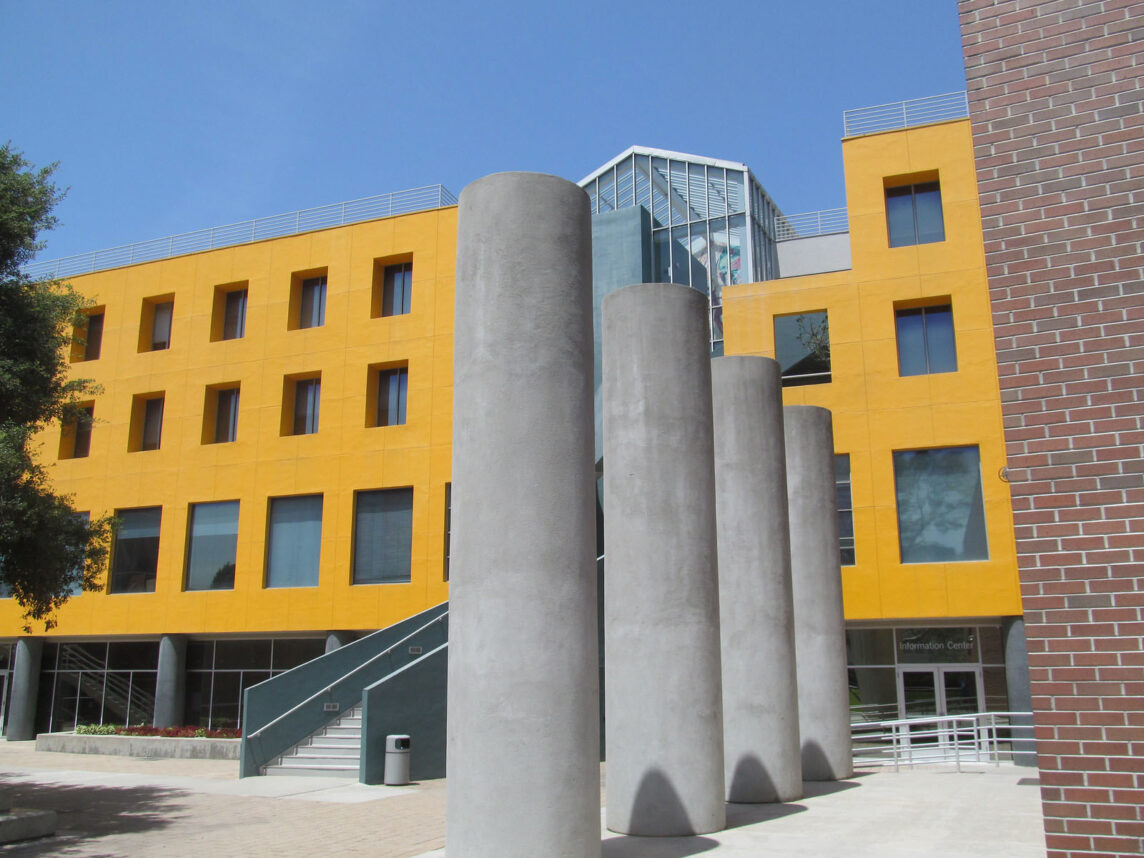
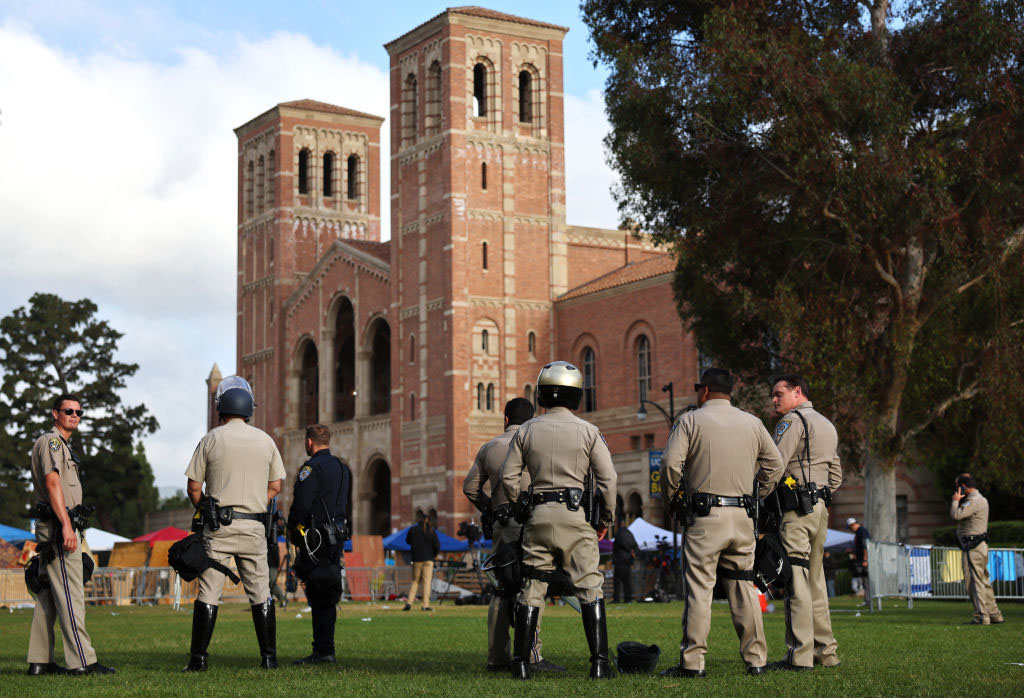
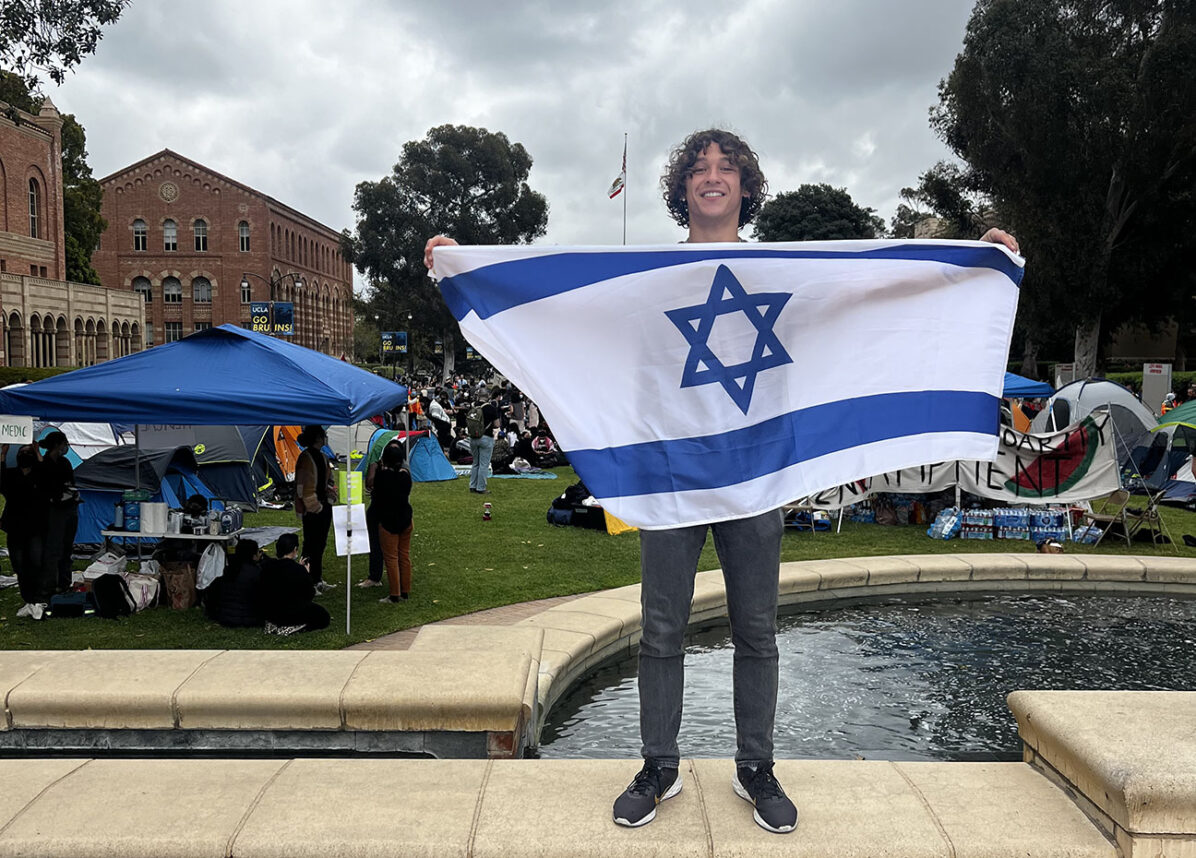
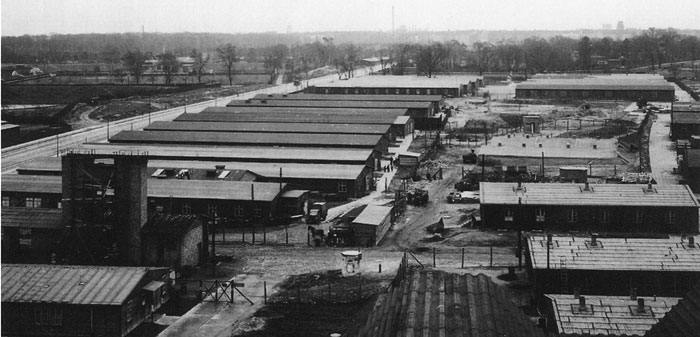
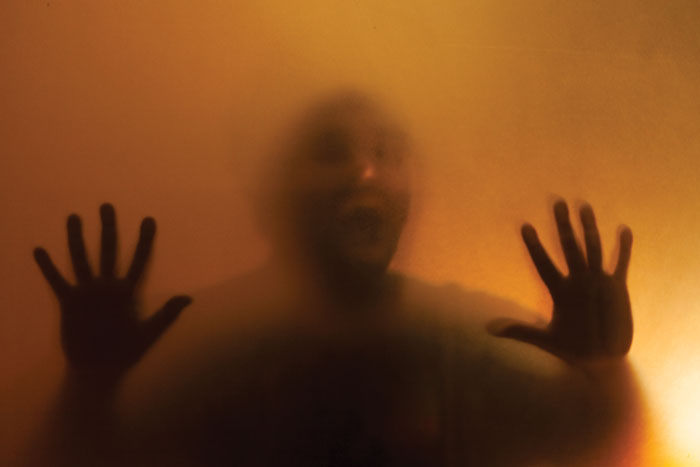
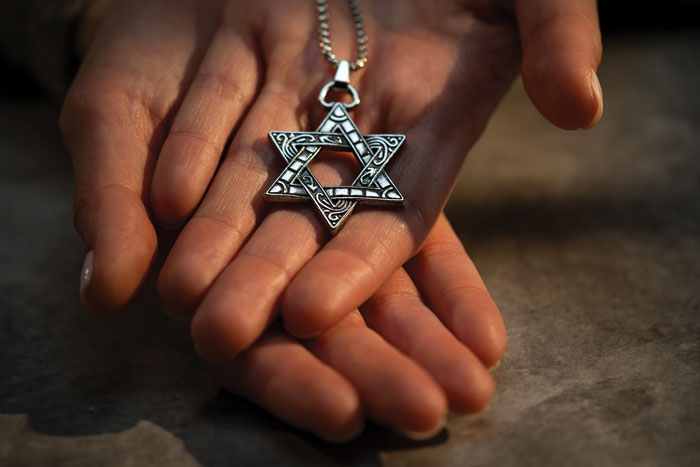

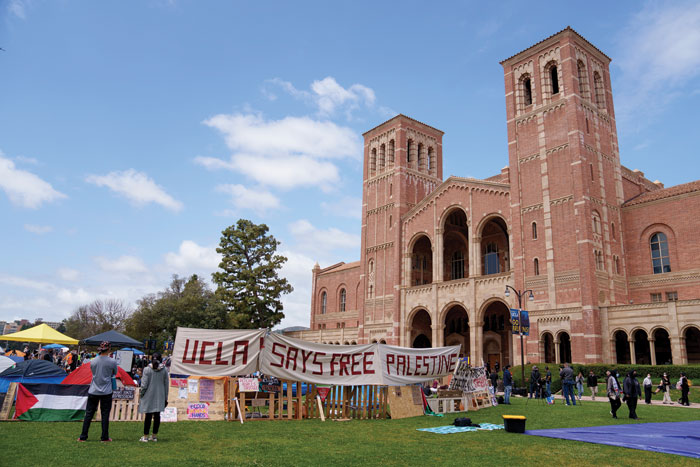


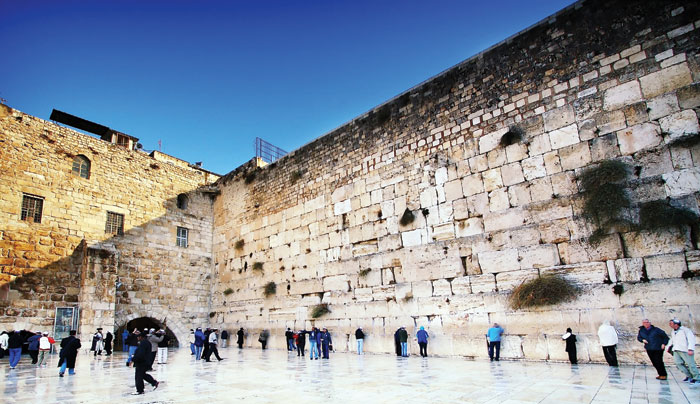





 More news and opinions than at a Shabbat dinner, right in your inbox.
More news and opinions than at a Shabbat dinner, right in your inbox.